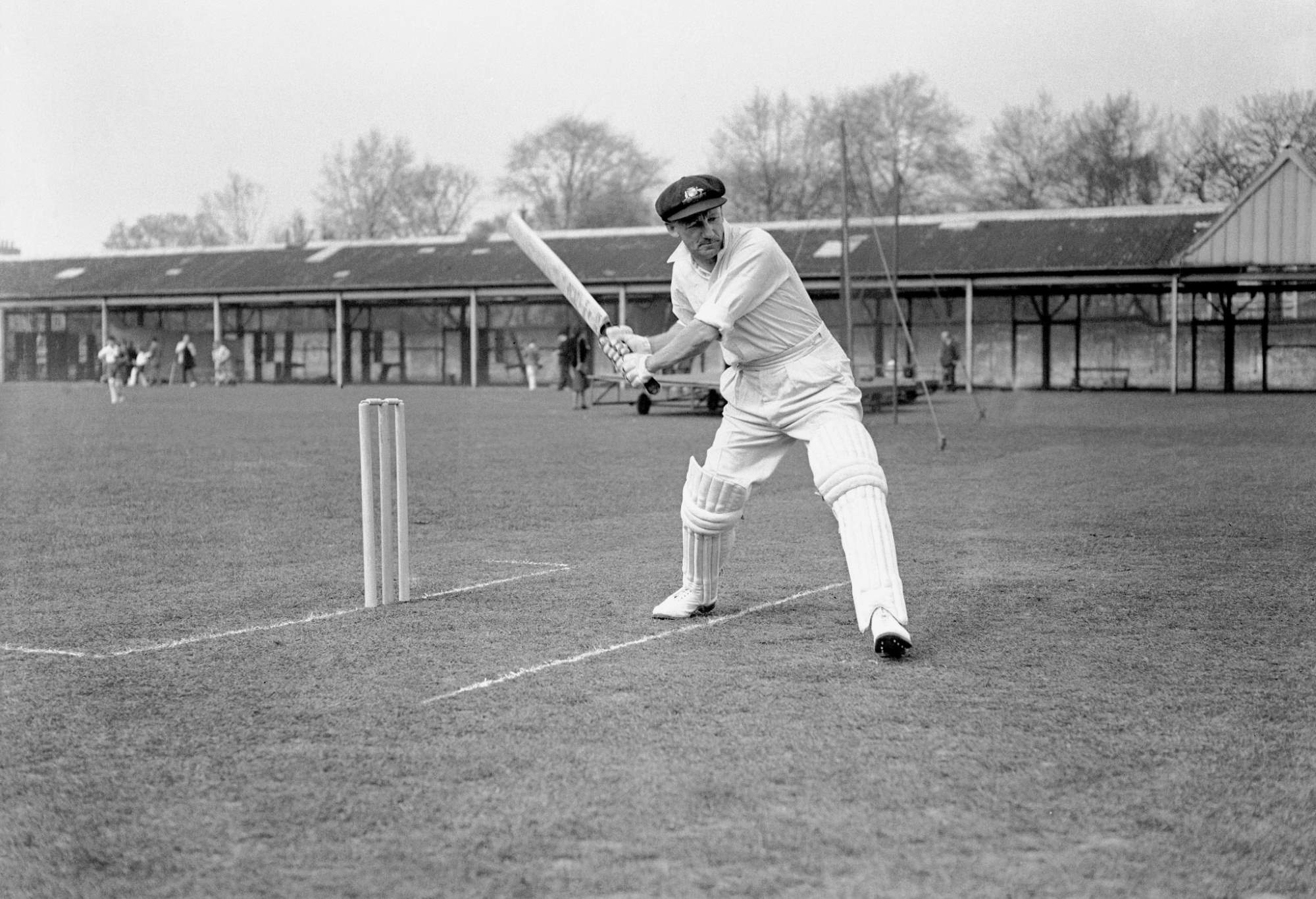As the cricket world prepares to witness the World Test Championship final at the iconic Lord’s Cricket Ground, the spotlight shines brightly on a rivalry that has enthralled cricket fans for more than a century: Australia versus South Africa.
This isn’t just a battle for a trophy, it is the continuation of a cricketing saga steeped in history, grit and fierce competition that has helped shape the very fabric of Test cricket.
The rivalry dates to the dawn of the 20th century. Australia and South Africa first met in Test cricket in 1902 at Johannesburg’s Old Wanderers Ground. This was only South Africa’s third Test series ever, having debuted in 1888-1889.
The first match between these two sides was a hard-fought draw, played in conditions that tested bat and ball over five grueling days. Australia, already an established cricketing powerhouse with legends like Joe Darling and Clem Hill, came to assert dominance but South Africa showed early signs of resilience with players such as Jimmy Sinclair standing out. Although the match ended without a result, it set the stage for a rivalry defined by respect and close contests.
Over the next few decades, Australia and South Africa faced each other intermittently, with travel and global events like the World Wars affecting the frequency of tours. By the 1930s, the rivalry had blossomed, with tours marked by both competitive cricket and political undertones.
The 1935-36 Australian tour of South Africa was especially notable. Australia, led by Don Bradman, the greatest batter the world has ever seen, dominated the series 4-0. Bradman’s sublime batting left an indelible mark, including his iconic innings of 299 in Cape Town, demonstrating Australian supremacy but also raising the standards South Africa aspired to match.
However, international cricket was soon interrupted by World War II, halting all tours and competitions. It was not until the 1950s that cricket resumed its normal rhythm but political tensions in South Africa were already mounting.
The apartheid regime, institutionalised in 1948, soon isolated South African cricket from the international community. The national team was banned from international cricket in 1970, ending a 20th-century chapter of their rivalry with Australia.
This suspension was a significant blow to South African cricket but it was far from the end of their story. After more than two decades of isolation, they were readmitted to international cricket in 1991, following the dismantling of apartheid.
The reunion of these two cricketing nations revived old battles and sparked fresh excitement.
The 1990s and early 2000s saw some of the most gripping encounters between Australia and South Africa. South Africa, led by captains like Kepler Wessels and Hansie Cronje, quickly established themselves as one of the world’s top sides. Meanwhile, Australia were entering a golden era, spearheaded by legends such as Shane Warne, Glenn McGrath, Ricky Ponting and Adam Gilchrist.

Sir Donald Bradman. (Photo by S&G/PA Images via Getty Images)
The 1997-98 Australian tour of South Africa remains one of the finest series in cricket history. It was fiercely competitive and hard fought, with Australia narrowly winning 3-2 in a thrilling five-Test series. The battles between Warne’s leg-spin and South African batters like Jacques Kallis and Gary Kirsten were particularly intense. This series not only underscored the sporting rivalry but also highlighted mutual respect, as both sides pushed each other to new heights.
A decade later, the 2008 series in South Africa and the 2012-13 series in Australia further exemplified the balance of power between these two teams. The 2008 series ended 2-1 in South Africa’s favour, with their pace attack, led by Dale Steyn and Morne Morkel, proving too formidable. The series featured memorable moments such as Jacques Kallis’ clinical batting and Australia’s never-say-die attitude, epitomised by Michael Clarke’s fighting innings.
The 2012-13 series in Australia was a thrilling contest that ended in a 1-1 draw, with both teams exhibiting tremendous skill and resilience. It was a testament to how evenly matched the sides had become, ensuring that their meetings were always unpredictable and gripping.
Despite this spirit of competition, the rivalry has also seen moments of tension. The infamous “sandpaper gate” ball-tampering scandal during the 2018 series in South Africa cast a long shadow over the rivalry. When Australian players were caught tampering with the ball, it shocked the cricket world and deeply hurt the spirit of the contest.
The incident led to suspensions, official apologies and a cultural reckoning within Australian cricket. For South Africa, it was both a moment of indignation and an opportunity to reclaim pride. This episode intensified the rivalry, adding layers of redemption and accountability to future clashes.
Fast forward to the present day, and this rivalry is as vibrant as ever. Australia, under the leadership of Pat Cummins, combines a lethal bowling attack with a strong, technically sound batting line-up. Steve Smith’s class and Marnus Labuschagne’s consistency provide solidity, while young talents like Cameron Green add dynamic energy.
Australia enter the final as reigning kings of the World Test Championship, determined to defend their title and uphold their legacy as one of cricket’s greatest sides.
South Africa, captained by Temba Bavuma, represent a blend of experienced campaigners and exciting youngsters.

Temba Bavuma. (Photo by Bradley Kanaris/Getty Images)
Kagiso Rabada’s fiery pace spearheads their attack, while the batting unit, featuring emerging stars such as Aiden Markram, balances aggression with technique. Their recent dominant 3-0 series win over Pakistan showcased their intent and preparedness.
Despite challenges such as a packed international schedule and limited Test matches, South Africa have displayed resilience and depth that make them worthy finalists.
The venue, Lord’s, adds a layer of prestige to this encounter. Known as the “Home of Cricket,” Lord’s is a cathedral of the sport where legends have been born and historic moments etched into memory. For both teams, playing here is a reminder of cricket’s rich tradition and the honour associated with Test cricket.
While the Australia-South Africa rivalry may not have the global spotlight of the Ashes or India-Pakistan clashes, its intensity is undeniable. It embodies the spirit of Test cricket, its long, grueling battles where skill, patience and mental toughness are tested to the extreme.
Each match between these two sides is a story of endurance and strategy, a chess match played with leather and willow.
This final connects the past and present, linking the heroic feats of Bradman, Kallis and Warne to today’s battles between Cummins and Rabada. It reminds cricket lovers why the longest format remains the ultimate test of a team’s character and capability.
As the players take the field, they carry with them the hopes of millions and the weight of history. Whatever the result, this World Test Championship final promises to be a classic chapter in the Australia-South Africa rivalry, an epic contest of skill, will and passion, played out on cricket’s grandest stage.







